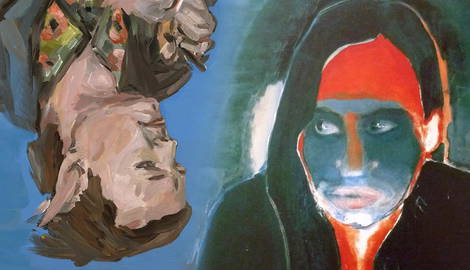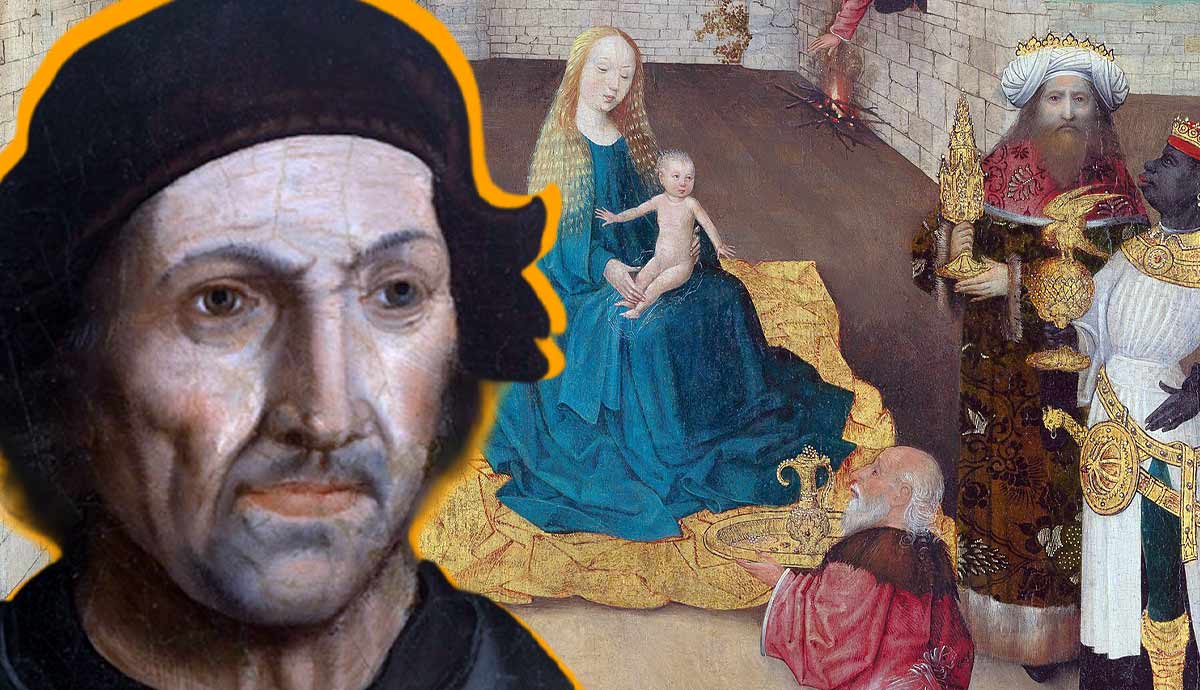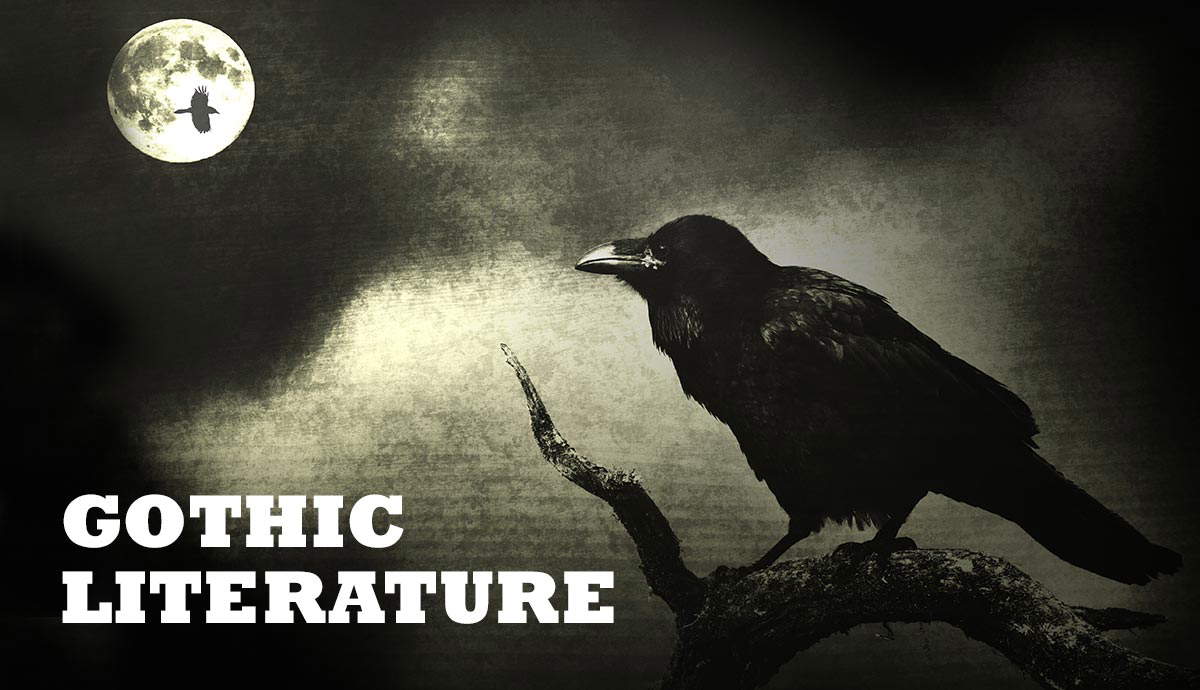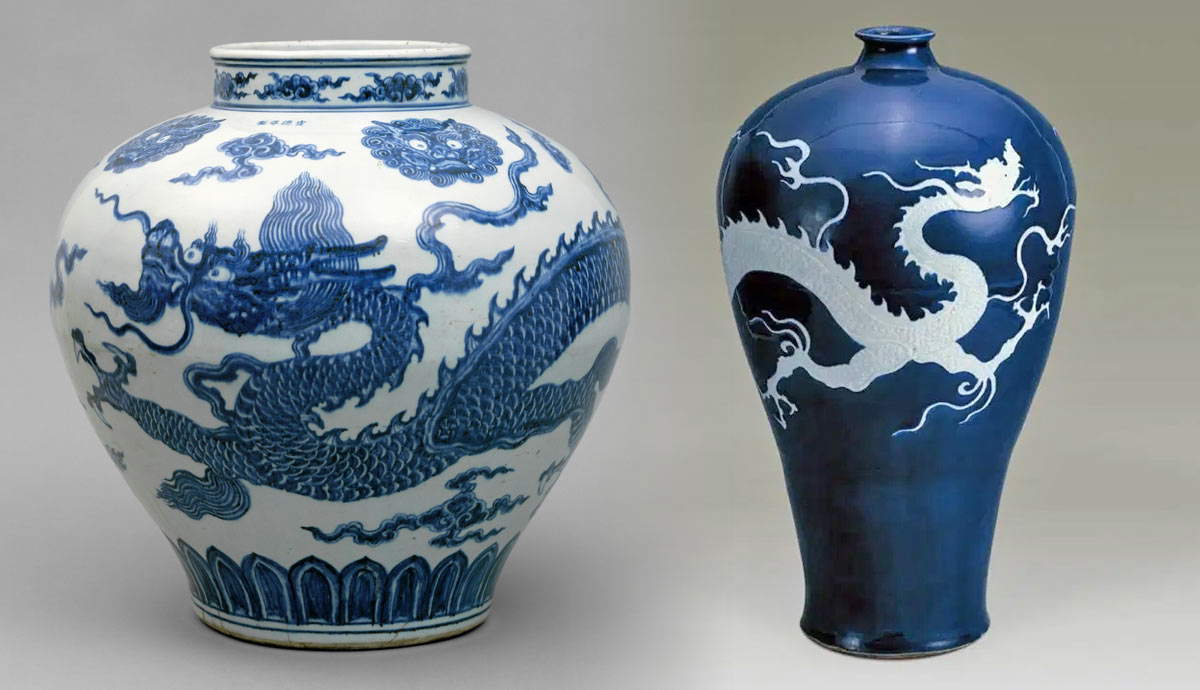
Neo-Expressionism as an art movement emerged in the 1970s as a reaction against the dominant trend of sterile Minimalist aesthetics. Artists embraced ugliness and imperfections and aimed to “unlearn” the basic artistic principles on which the rest of art history was based. Moreover, they praised subjective experiences and individualistic expressions over rational intellectual approaches. Read on to learn more about the art movement of Neo-Expressionism.
The Stylistic Origins of the Neo-Expressionism Art Movement

The history of the Neo-Expressionist art movement began, quite obviously, with the original Expressionism. In the early days of the 20th century, artists like Edvard Munch and Wassily Kandinsky rejected realistic depictions of the world in favor of subjective expressions of an artist’s state of mind and emotion. Expressionists treated paint and canvas as expressive materials within themselves, manipulating color and form to enhance emotions and feelings. They deliberately distorted perspectives and figures to achieve maximal expressive potential.
Expressionism was one of the last steps on the path to purely abstract art, as it highlighted the expressive qualities of line and color without a necessary connection to the subject matter. Many famous Expressionists, like Kandinsky or Paul Klee, would later turn to abstraction. Over the years following the emergence of non-figurative art, it continued to develop further and further. The 1940s Abstract Expressionist movement combined the metaphysical explorations of the Abstractionists with the emotional individualism of the Expressionists. In their works, AbEx artists embraced chance and subjectivity, pouring or throwing paint directly on the canvas, or even soaking it in thinned pigment.

In opposition to Abstract Expressionist subjectivity, some artists began working with simple geometric forms they believed were as objective as possible. Instead of chance-produced forms, the artists representing Minimalism produced precisely calculated forms and ideal measurements. Their objects referred to nothing else by themselves, devoid of emotion. The minimalist movement took the art world by storm and soon turned into a high-brow intellectual toy. As gallerists and collectors profited from the fashionable movement, progressive artists already began moving forward, inventing something that would undermine the established principles.

Neo-Expressionist art was both a reaction to and a protest against the climate of the 1970s art scene. It rejected the clear polished aesthetics of Minimalism in favor of chaotic, textured, and emotionally charged gestures. Moreover, it took a major step back from the use of industrial materials like concrete, fiberglass, or metal to the basics of oil paint. The active presence of a human hand is the basis of Neo-Expressionism, as the movement emerged at the time when mass industrial production became omnipresent.
Neo-Expressionists took the techniques and methods of Abstract Expressionists and applied them to figurative art. They also frequently rejected the high-brow intellectualism of prestigious galleries, the sterile look of Minimalist pieces, and the complex theories of Conceptual art. Some Neo-Expressionist artists deliberately took an anti-intellectualist stance, rejecting any theorization of art and the possibility of comprehending it through rational thinking.

Another trait of early Neo-Expressionism that worried many critics was its deliberate exclusion of women artists. Following the Modernist paradigm of a male artistic genius, the proponents of Neo-Expressionism focused on single male figures of tormented individualists who poured the content of their inner worlds onto the canvas. Despite the fact that some of the most original and skilled Neo-Expressionists were women, their works were usually omitted or excluded from exhibitions. Some art historians interpret it as a protest against the rise of feminist art in the 1970s. Feminist artists often spoke of systemic oppression of women, people of color, and marginalized communities. Such a humanistic political stance was in conflict with the hyper-individualism of a Genius Artist archetype that dominated many modern art movements.

Neo-Expressionism is a rather loose category of art that could not be certainly and exhaustively defined by a single manifesto, style, or core idea. Still, art historians consider it one of the last globally relevant major art movements. By using the instruments and ideas of previous art movements, it forged an aesthetic that defined decades of contemporary art and continues to remain relevant in the art world.
Georg Baselitz (1938–present)

German artist Georg Baselitz was one of the key figures of the German Neo-Expressionist branch. After World War II, he lived in both East and West Berlin and struggled to define his identity as a post-war German artist. He revived the principles of German Expressionism, condemned as degenerate by the Nazis, and applied them to his contemporary scenes and human figures. In many of his works he deliberately explored and exploited ugliness and provocation to kickstart a new conversation on the limits and functions of art. The dark and unsettling images also served as a way to exorcise the collective trauma of the war and the Nazi regime. One of the signature traits of Baselitz’s art was his use of inverted images. By turning portraits upside down, he aimed to combat the prevalence of content over form and force the audience to take a different look at the usual type of images.
Jean-Michel Basquiat (1960–1988)

Perhaps the most famous of American Neo-Expressionists, Jean-Michel Basquiat never joined any sort of coherent movement or an art group. He began his creative path as a homeless graffiti artist but soon grew into an internationally acclaimed star. As a Black artist in the white-dominated art world, Basquiat managed to build an immensely successful career. From painting on broken windows and fridge doors, he moved to create multi-panel works that reflected upon African American history, inequality, contemporary struggles, and pop culture. Basquiat’s childlike painting style and the broad spectrum of cultural references influenced generations of artists despite his short career.
Unlike most other Neo-Expressionists, Basquiat never studied art professionally. At the same time, he was an avid reader and easy learner, studying art history, literature, philosophy, and other disciplines on his own. At the same time, his artistic principles relied on the “unlearning” of all set rules and embracing the childlike expression of pure color and simple form.
Paula Rego (1935–2022)

Portuguese artist Paula Rego was not accepted by the mainstream Neo-Expressionist scene but nonetheless was one of the most expressive, dramatic, and uncompromising artists of the movement. She combined realistic images with gruesome fairytale scenes and spoke of violence, sexuality, fetishism, and trauma. The core inspiration for Rego’s art was her childhood encounter with Portuguese folk tales, magical yet graphic, and her life under the fascist dictatorship of Antonio de Oliveira Salazar.
The most famous and dramatic work by Rego is her Abortion series, created as a protest against the failed decriminalization of abortion in Portugal. Rego herself had several abortions in her life, forced by her abusive partner, and knew how dangerous and devastating these then-illegal procedures were. Her series of paintings depicted women in various stages of getting ready for or recovering from abortions, showing their grief and pain. Rego insisted that the criminalization of abortion only put women in a more vulnerable position, adding criminal status to their already existing suffering.
Anselm Kiefer (1945–present)

Anselm Kiefer is another German artist who originally based his work on the exploration and criticism of post-war German identity. He was born just two months before the end of World War II and spent his childhood in the ruins of old Germany and the new reality of the two separated states. Destruction and chaos are at the core of Kiefer’s work: unable to cope with the unfairness and cruelty of the objective world, he burns, drowns, or otherwise destroys his finished paintings. As an artist, Kiefer is bothered by his inability to create a true masterpiece and thus channels his frustration into the works’ destruction. Kiefer is known for his heavy impasto and textured layers of paint, as well as the use of natural materials like dried plants and straw. His artistic references are music, poetry, literature, occultism, and many other domains.
Neo-Expressionism of Marlene Dumas (1953–present)

Marlene Dumas was born in South Africa and has been a witness to the apartheid-fueled racial tension for all her youth. Despite being raised in a privileged white family, Dumas was well aware of the violence and drama unfolding in her country. As an adult artist, she moved to the Netherlands and began to critically examine the circumstances of her life and explore the limits of personal responsibility amidst global inequality and justice. The main body of Dumas’ work consists of expressive portraits and images of human figures. She never works with live models, instead preferring to work with a traditional Dutch form of character portraits known as tronies.










